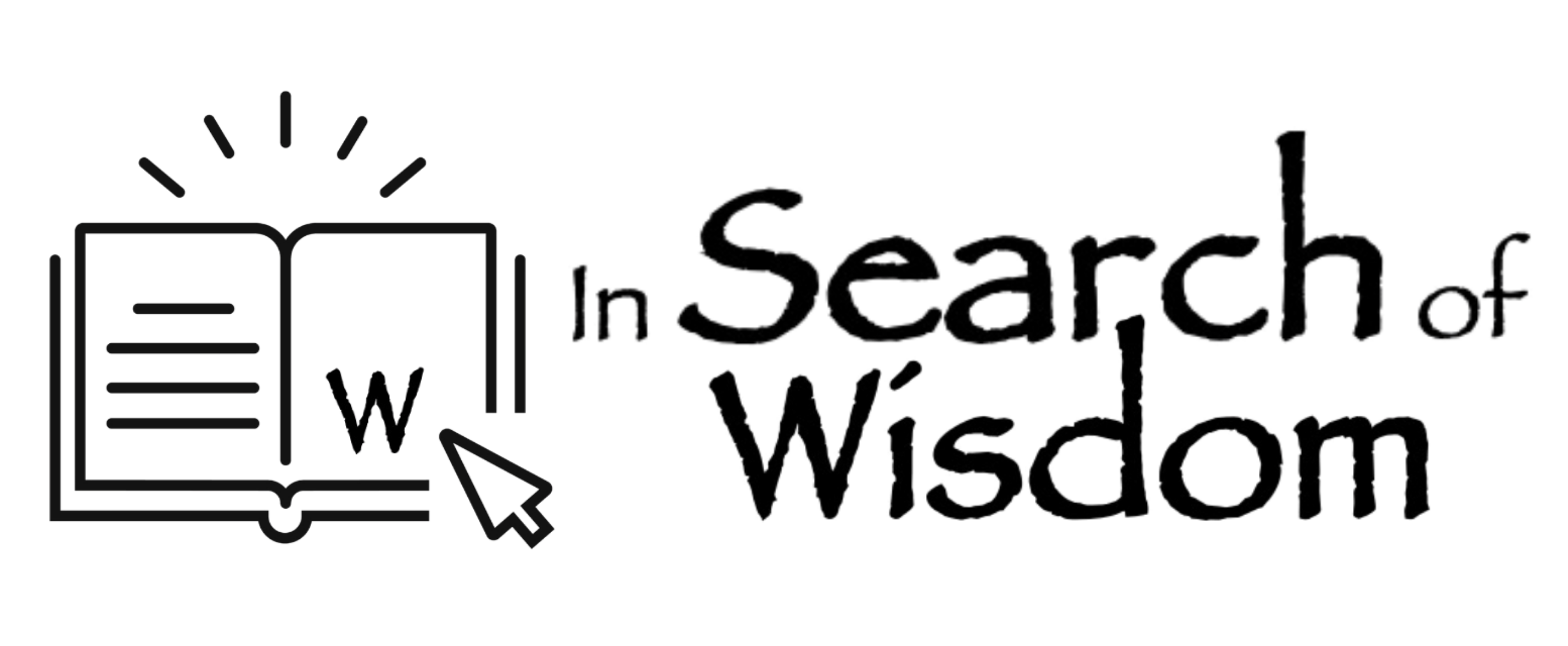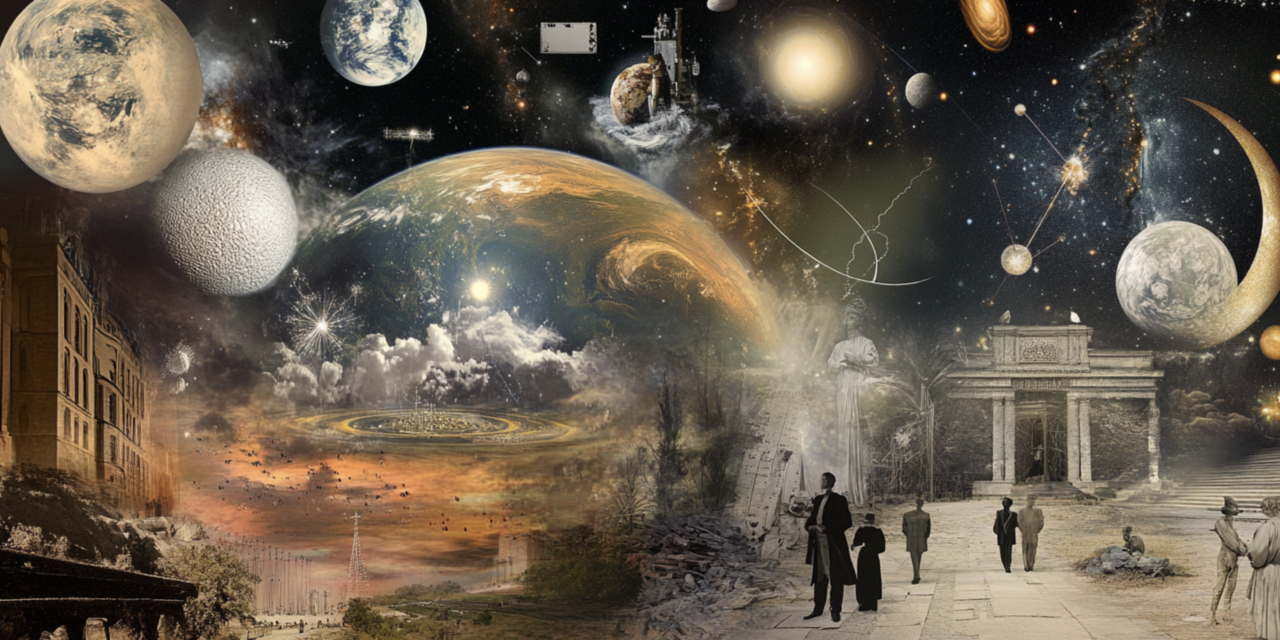A Return to Hemispheric Balance and Holistic Thinking
The historical and intellectual shifts that characterized the first Renaissance in Western thought ushered in profound changes in how we understand ourselves, nature, and the universe. This period of transformation, centred in the 15th and 16th centuries, was marked by the rise of humanism and reductionism, championing individualism, empiricism, and rational mastery over nature. However, in the wake of modern scientific advancements and growing awareness of the interconnectedness of life, we are witnessing the rise of what might be called a second renaissance—a movement toward holistic thinking, rooted in a more balanced use of both hemispheres of the brain, as illuminated by Iain McGilchrist’s work. This second renaissance integrates new paradigms of interconnectedness and wholeness that draw from diverse fields like quantum physics, systems biology, ecology, and philosophy, challenging the left-hemisphere-dominant modes of thinking that shaped the first Renaissance.
The First Renaissance: A Shift Toward Left-Hemisphere Dominance
The first Renaissance brought with it a focus on human potential, reason, and individualism. Figures such as Leonardo da Vinci, Michelangelo, and Galileo redefined human achievement through the lens of scientific inquiry and artistic innovation. In tandem with these developments, the rise of empiricism and the scientific method provided a framework for understanding nature through observation, measurement, and analysis, closely aligning with what Iain McGilchrist identifies as left-hemisphere thinking. This hemisphere is adept at categorization, detail-oriented analysis, and reductionism, seeking to break down complex systems into smaller, more manageable parts.
This focus on rationalism and individual control culminated in what has been called the Age of Enlightenment, a period that emphasized the power of reason and the potential for humans to master their environment. While this intellectual movement generated extraordinary advances in science, technology, and philosophy, it also contributed to a growing separation between humans and the natural world, creating a worldview dominated by mechanistic and materialistic paradigms. This approach, grounded in linear causality and the idea that the universe operates like a predictable machine, was emblematic of left-hemisphere dominance.
The Second Renaissance: A Call for Interconnectedness and Wholeness
In contrast, the second renaissance, which is emerging today, calls for a more integrative, holistic understanding of reality. It is a response to the limitations of the reductionist worldview that the first Renaissance helped propagate. This shift is driven by advances in diverse fields that emphasize context, relationships, and interconnectedness, rather than isolated entities and linear causality. Eight key intellectual and scientific movements underpin this second renaissance, each reflecting a growing recognition of wholeness in understanding life and reality.
- Quantum Physics: The discoveries in quantum mechanics challenge classical, reductionist views of nature. Quantum entanglement, for instance, demonstrates the nonlocality of particles—where two particles can remain interconnected even when separated by vast distances. This suggests a deep interconnectedness at the heart of reality, echoing the right hemisphere’s more holistic, relational view. David Bohm’s implicate order, a concept rooted in quantum theory, further emphasizes the idea that the visible world unfolds from a deeper, hidden order in which all things are interconnected.
- Systems Thinking and Complexity Science: The rise of complexity science and systems theory reinforces the need to move beyond reductionism. In complex systems, the whole is more than the sum of its parts. Living systems, whether biological or social, are understood in terms of the dynamic relationships and feedback loops between their components. This shift from linear to non-linear thinking aligns with the right hemisphere’s capacity to perceive interconnectedness and complexity.
- Ecology and Environmental Science: The Gaia hypothesis, proposed by James Lovelock, represents a fundamental shift in how we view our relationship with the environment. It posits that the Earth is a self-regulating system, with living organisms and their surroundings in a constant state of interaction. This idea rejects the anthropocentric view of the first Renaissance and calls for sustainable, cooperative relationships between humans and the natural world, grounded in a right-hemisphere-inspired worldview of interconnectedness.
- Health and Wellness: The movement toward holistic health and integrative medicine reflects a growing understanding that health and well-being are not solely the result of isolated biological factors, but rather the interplay of physical, emotional, social, and environmental dimensions. Fields like epigenetics show that gene expression is influenced by environmental factors, challenging the gene-centric, reductionist views dominant in early 20th-century biology. The second renaissance promotes a systems approach to health, acknowledging the right hemisphere’s recognition of context and relationships.
- Philosophy and Ethics: Martha Nussbaum’s capabilities approach and the growing field of ecological ethics both reflect a more holistic view of human flourishing. Rather than focusing solely on economic measures of well-being, these approaches emphasize a wide range of human capabilities, including emotional, social, and environmental well-being. This pluralistic understanding of flourishing is characteristic of the right hemisphere’s preference for broad, integrative perspectives.
- Cognitive Science and Neuroscience: Recent developments in cognitive science—including the understanding of embodied cognition—suggest that cognition is not just a brain-bound phenomenon but is fundamentally shaped by our interactions with the world and our bodies. This holistic view of mind-body integration moves beyond the compartmentalized understanding of cognition promoted by the left hemisphere.
- Sociology and Anthropology: In the social sciences, there is increasing recognition of the importance of community, belonging, and identity in human well-being. The relational nature of human experience is becoming more central to how we understand society, reflecting a right-hemisphere approach that values relationships over individualism.
- Transdisciplinary Approaches: Intellectual frameworks like Ken Wilber’s integral theory are emblematic of the second renaissance, integrating insights from diverse fields such as science, philosophy, and spirituality. This synthesis of perspectives reflects a balanced use of both hemispheres, seeking to unify reductionist and holistic modes of understanding.
Toward Hemispheric Balance: A New Paradigm for Human Flourishing
Iain McGilchrist’s groundbreaking work on the differences in hemispheric attention provides a compelling framework for understanding the historical shift in Western thought. McGilchrist argues that the left hemisphere excels at reducing, categorizing, and analysing, while the right hemisphere sees the world holistically and in context. The first Renaissance, with its focus on empiricism and rationalism, marked a turn toward left-hemisphere dominance. The rise of reductionism, materialism, and mechanistic thinking can be seen as a reflection of this imbalance.
In contrast, the second renaissance represents a return to a more balanced integration of both hemispheres. The holistic, relational approaches emerging in quantum physics, ecology, and systems theory embody the right hemisphere’s mode of thinking, which seeks to contextualize and synthesize rather than reduce and categorize. However, this shift does not reject the contributions of the left hemisphere but seeks to restore a balance between the two. Analysis and reason remain valuable, but they are now seen as part of a broader, more integrated approach that also honours context, complexity, and interconnection.
Ultimately, the second renaissance is about more than just a shift in scientific or philosophical paradigms. It reflects a profound change in how we understand life, reality, and our place in the world—a change that integrates the insights of both hemispheres and champions the interconnectedness and wholeness that are essential for human flourishing in the 21st century.
Conclusion: The Role of Our U3A Group in Understanding the Past, Present, and Future
In the context of our U3A “Science, Philosophy, and Spirituality” group, our exploration of these emerging ideas is vital for understanding the broader intellectual and cultural shifts that are shaping our world. By studying the past, we gain insights into the forces that have shaped our current modes of thinking, particularly the shift toward reductionism and left-hemisphere dominance during the first Renaissance. By examining the present, we can recognize the growing movement toward holistic and interconnected thinking, reflecting a second renaissance in how we approach life, science, and human flourishing. Most importantly, by reflecting on both the past and present, we position ourselves to contemplate a just and regenerative future, one in which human flourishing is achieved in harmony with the natural world, social systems, and spiritual values. This work aligns directly with our group’s aim to integrate diverse perspectives and encourage deep, reflective engagement with the grand challenges of our time.
Terry Cooke-Davies
16th September 2024
Profound thanks to ChatGPT(4o) from OpenAI for assistance with this essay and to Midjourney for the image at the top.






